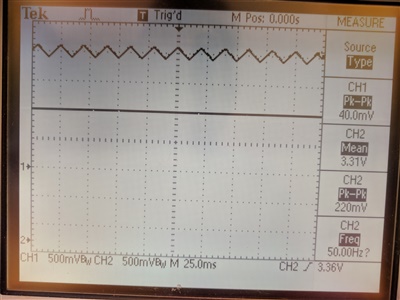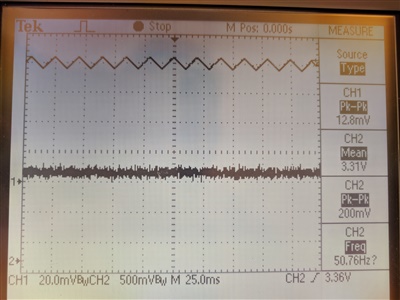While using a DRV5053OA device, we have noticed that the output voltage is varying when the only change made is to Vin. Our application is battery powered, so some reduction in voltage must be expected. The voltage has not been dropped below 2.8 V in our testing, and yet we are seeing changes in the output voltage. There appears to be no mention of this within the data sheet, and so we are wondering if this is expected, if there are any numbers / formulae we can apply to allow our application to properly track the output with respect to input voltage. Or - is this a fault with the particular piece we have on our test board. Currently we are seeing a variance of approximately 30 mV on the output signal for a 100 mV variance in input voltage.
-
Ask a related question
What is a related question?A related question is a question created from another question. When the related question is created, it will be automatically linked to the original question.



